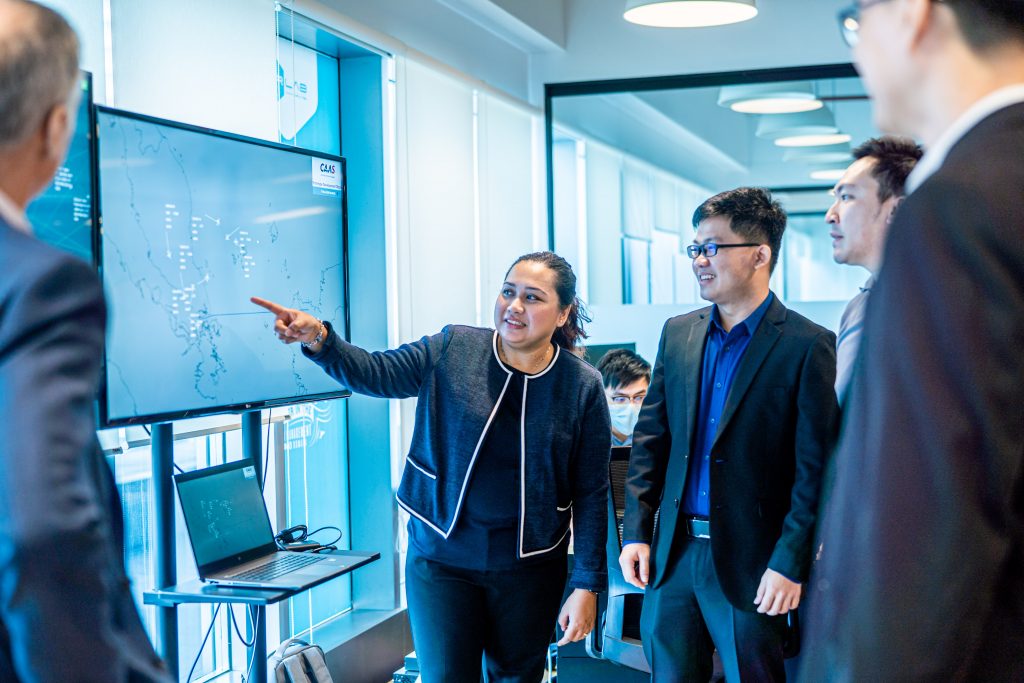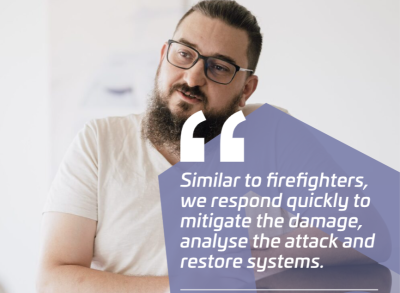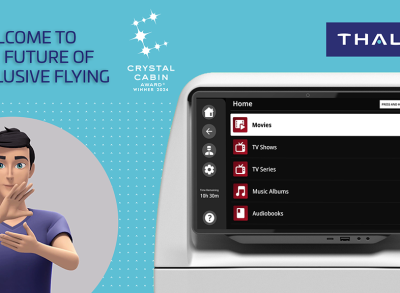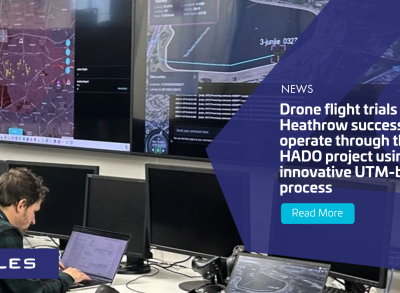Singapore AIR Lab – Opening ATM to the future

Singapore - a hub of opportunities
Singapore’s Changi airport is one of the world’s top ten busiest airport hubs, and the busiest one in the Asia Pacific region[1]. According to government data, in December 2019 a total of over 33,300 flights arrived at, and departed from, Changi[2]. Such significant traffic volumes represented high levels of pressure for Air Traffic Controllers (ATCOs); they also represented an opportunity to explore how new technologies could be integrated to existing ATM systems in order to support them.
In November 2019, recognising Singapore’s potential as a research laboratory for the technological future of ATM - with its busy airport and its cutting-edge high-tech industry - Thales and CAAS created the AIR Lab. Through this collaboration, they aim to explore how to trial and install new technologies on legacy ATM systems.
Open architecture
Legacy ATM systems, such as the ones currently ensuring Changi’s air traffic safety, are monolithic. Adhering to very stringent safety standards, they were developed to require extensive trialling and testing before any new feature could be certified and introduced. Such procedures are difficult to perform on systems that run constantly, often resulting in long lead times and ATM systems that do not benefit from the latest technological advances.
The first phase of the AIR Lab sought to circumvent this challenge by exploring how to open these monolithic systems in order to facilitate faster introduction of third-party technologies. To achieve this, AIR Lab’s first Proof-of-Concept (POC) project was to demonstrate having Changi’s current ATM system built on the cloud and its architecture opened-up through the development of standardised Application Programming Interfaces (APIs) that enable data exchanges between the system and third parties.
Open AIR Lab
The second step for the AIR Lab was to implement a service-oriented ATM system architecture. “The heart of the system remains unchanged,” says Hervé Moalic, while APIs enable third parties to extend the system by connecting their own modules. “Rather than being integrated directly into the platform itself, these functionalities are executed outside the system and information exchanged through APIs,” adds Chris.
Through the AIR Lab, Thales and CAAS can therefore more easily collaborate with start-ups, universities and other research facilities to test how their capabilities interact with the system. The key benefit is not only more efficient collaboration, but also a reduced Time-To-Market (TTM) for the development of new functionalities that will significantly support ATCs.
Moving forward
Having successfully opened Changi’s ATM system’s architecture, the two partners are now free to use the system as a platform to run different Proofs Of Concept (POC). Already in its third year of existence, the AIR Lab has been at the heart of experiments focusing on a wide variety of key themes, including greener aviation and digital twin technology.
The latter theme resulted in AIR Lab's developing one of its key proofs of concepts: the ATM Twin. With the Twin, AIR Lab aims at mirroring an entire ATM system. This will enable air traffic controllers to safely innovate, engage in what-if possibilities, and optimise their workflow. Using AIR Labs first proof of concept as an enabler, the ATM Twin can show air traffic information on any display if it complies with the open ATM APIs.
The development of the ATM Twin has resulted in an expansion of the local AIR Lab team, which grew from one team to four - from ten to 40 people. “This extension is not only an important opportunity to continue experimenting on the ATM of tomorrow, Moalic explains. Training sessions for local engineers joining the Lab have also proven to be an invaluable human experience: “While they train local teams, Thales engineers also learn a lot from them about new technologies; it is a win-win for everyone.”
[1] https://www.oag.com/oag-megahubs-2019
[2] https://data.gov.sg/dataset/civil-aircraft-arrivals-departures-passengers-and-mail-changi-airport-monthly





